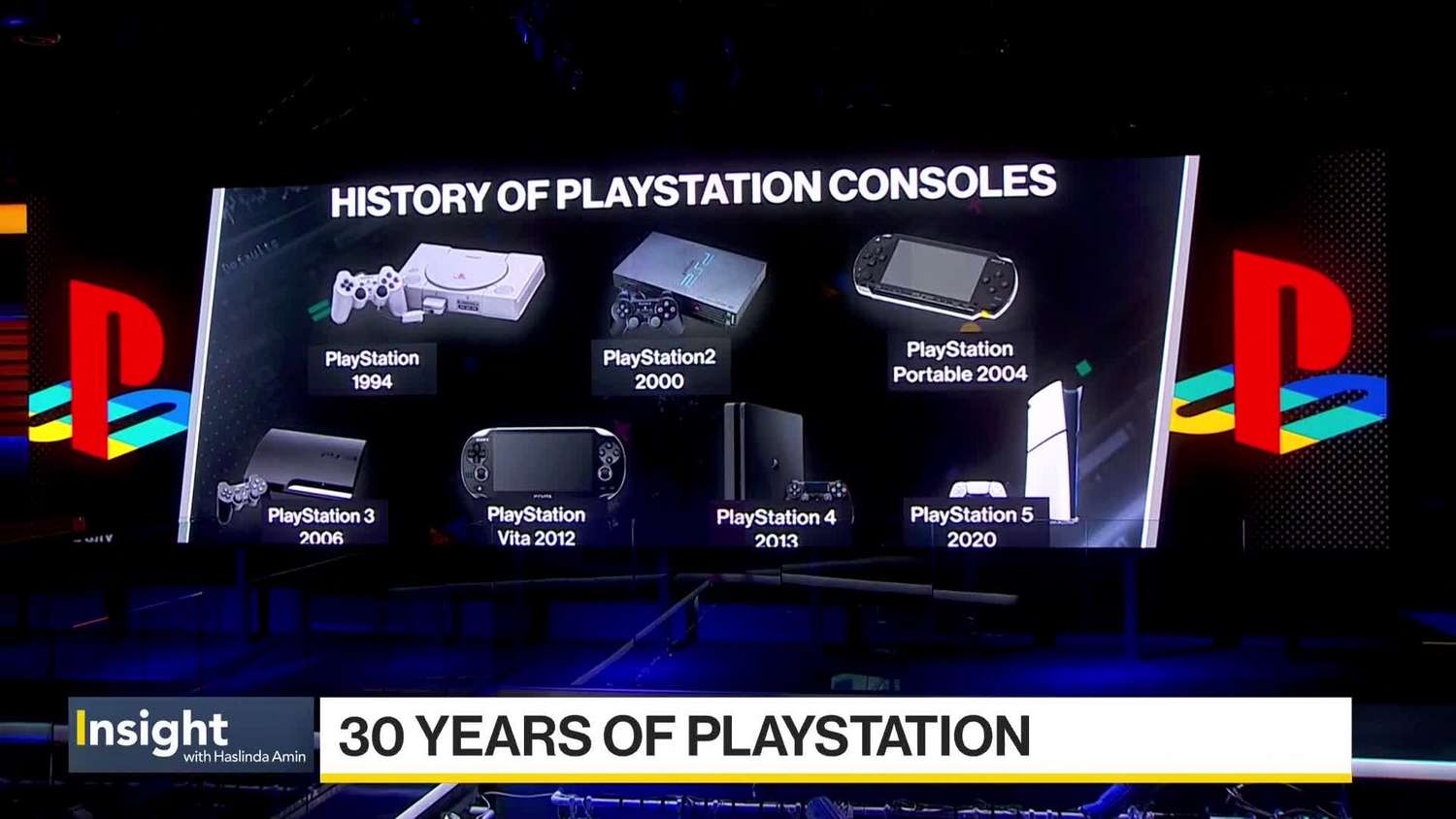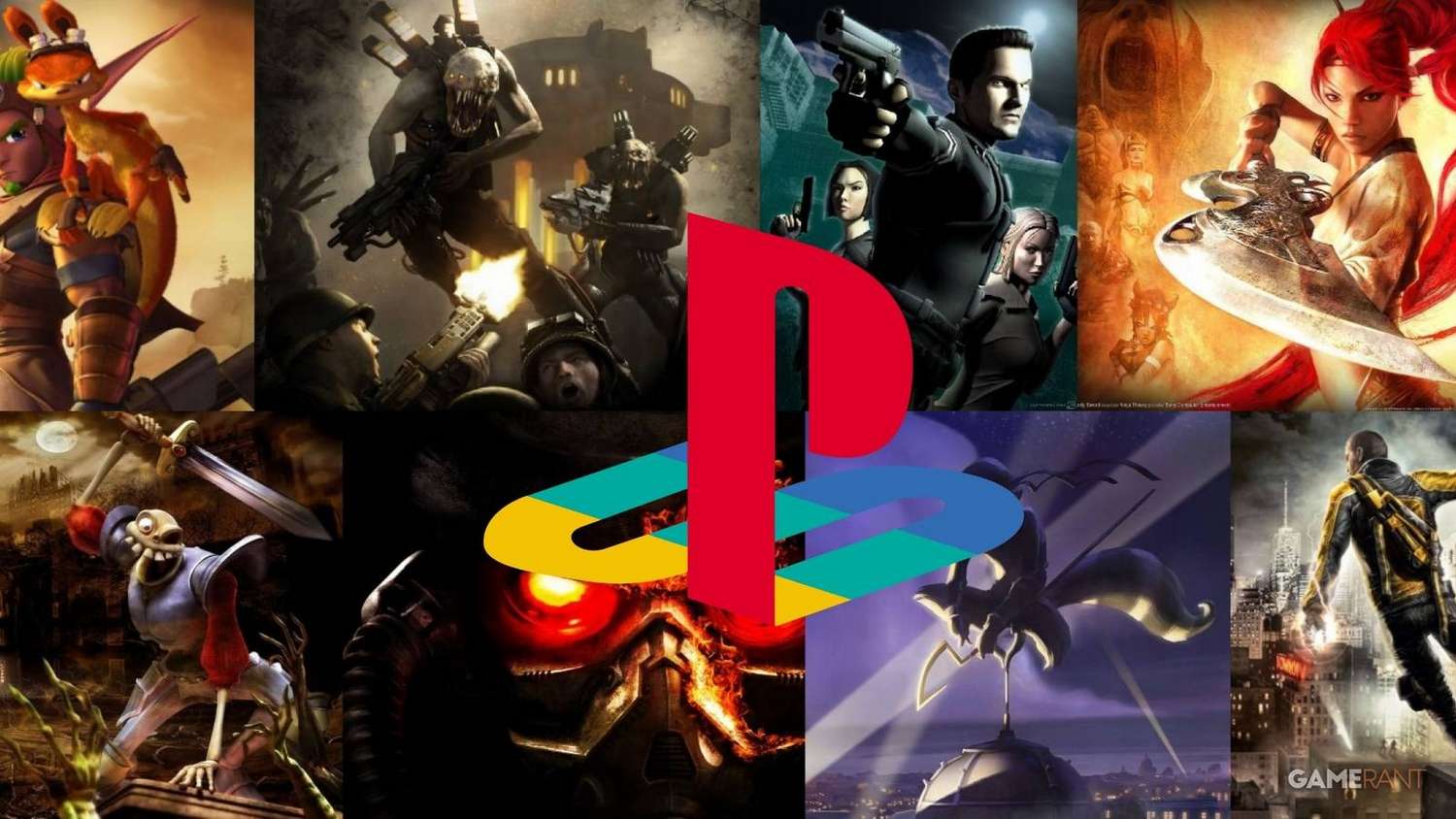Gaming’s Greatest Comeback: Is Nostalgia Enough to Revive an Iconic PlayStation Sports Franchise in the Modern Era?
Popular Now
 Black Myth: Wukong
Black Myth: Wukong
 Sonic the Hedgehog™ Classic
Sonic the Hedgehog™ Classic
 Free Fire Max
Free Fire Max
 Candy Crush Saga
Candy Crush Saga
 Rust
Rust
 Genshin Impact
Genshin Impact
 Toca Boca World
Toca Boca World
 R.E.P.O
R.E.P.O
 Stumble Guys
Stumble Guys
 Free Fire
Free Fire 
The video game industry constantly cycles through periods of innovation and revival, with a palpable excitement building whenever a beloved franchise is poised for a return. For PlayStation loyalists, the prospect of an iconic sports series—one that perhaps defined a generation of console gaming—re-emerging from a hiatus or receiving a monumental new iteration is often met with a potent surge of anticipation. This initial enthusiasm, deeply rooted in the powerful emotional appeal of nostalgia, often translates directly into market buzz and early sales. However, as the digital dust settles and the hype cycle cools, a crucial, perhaps uncomfortable, question demands an answer: In today’s hyper-competitive and rapidly evolving gaming landscape, is the sheer force of nostalgia truly sufficient to sustain a modern sports title, or must it be underpinned by genuine innovation, robust technical execution, and a forward-thinking development philosophy to carve out a lasting legacy and ensure significant player retention? This article will delve into the complexities of this challenge, exploring what it takes for a legendary sports game to not just survive, but thrive.
The Irresistible Lure of Legacy and the Nostalgia Factor
The power of nostalgia is an almost irresistible force in entertainment, and especially within the gaming community. It taps into cherished memories of countless hours spent mastering challenging mechanics, celebrating epic victories, and forging indelible connections with virtual athletes or high-octane racing machines. When a series like a seminal PlayStation sports simulator – perhaps one revered for its groundbreaking gameplay, realistic graphics (for its time), or innovative career mode – is rumored or officially confirmed to make a comeback, the immediate reaction is overwhelmingly positive. Pre-order statistics often see a significant spike, online forums dedicated to “gaming news” and “game reviews” erupt with fervent discussions, and social media platforms become awash with players sharing their favorite moments from the original titles. This initial market surge is unequivocally fueled by a collective yearning for that classic, immersive experience, reimagined and updated for contemporary consoles. Developers are acutely aware of this potent allure, frequently leveraging legacy branding, familiar character rosters, and time-tested core mechanics in their marketing efforts. However, this profound emotional connection, while a powerful initial “high-CPC” driver for marketing campaigns, simultaneously establishes an incredibly high benchmark. Players expect not merely a faithful recreation or a simple graphical facelift, but a transformative enhancement that meticulously respects the glorious past while boldly embracing the technological and design advancements of the future. The very definition of “immersive gameplay” has evolved dramatically, and expectations now include seamless online multiplayer, dynamic AI, and expansive content.
Navigating Modern Expectations vs. Classic Charm
The landscape of the gaming industry has undergone a seismic shift since many of these legendary sports series first captivated audiences. What constituted “cutting-edge graphics” two decades ago pales in comparison to the photorealistic detail and intricate animations achievable on current-generation consoles. Furthermore, online multiplayer isn’t merely an add-on; it’s often the foundational pillar of engagement, demanding sophisticated networking infrastructure, robust anti-cheat systems, and diverse competitive modes. The rise of live service models, battle passes, and continuous content updates has also redefined player expectations regarding post-launch support and long-term value. A returning iconic title, even one boasting an unparalleled legacy, cannot simply rely on porting antiquated mechanics with a superficial visual upgrade. It must seamlessly integrate these modern necessities – from dynamic player customization options and responsive controls to deep statistical tracking and community features – while simultaneously preserving the core gameplay loop and unique feel that originally defined its success. The perennial challenge for game developers lies in meticulously striking this delicate equilibrium: honoring the revered “classic charm” and signature style without succumbing to the perception of feeling dated, stagnant, or irrelevant in a market brimming with technically superior and feature-rich experiences. This requires a profound understanding of both the franchise’s historical appeal and the current demands of the “gaming experience.”
The Perennial Dilemma: Iteration Versus Innovation
Many prominent, long-running sports franchises, particularly those with annual release cycles (and some historically tied to PlayStation’s ecosystem, like certain baseball or racing simulators), frequently find themselves under intense scrutiny and criticism for delivering what many perceive as only “iterative updates” rather than genuine, groundbreaking innovations. While a deeply loyal fanbase might appreciate subtle refinements to existing systems, enhanced graphical fidelity in player models, or minor tweaks to “gameplay mechanics,” an over-reliance on these incremental improvements year after year can inevitably lead to significant “player fatigue” and a pervasive perception of stagnation. To genuinely reclaim its former glory and achieve sustained success beyond the initial burst of “nostalgia factor,” a resurrected or significantly re-invigorated iconic series desperately needs to introduce truly fresh gameplay mechanics, ambitious new modes (such as an expanded career mode or innovative ultimate team variant), or revolutionary advancements in areas like AI, physics engines, or environmental detail. This imperative demands that developers are willing to take calculated creative risks, actively solicit and respond to community feedback regarding quality-of-life improvements and desired features, and invest substantial resources in cutting-edge research and development to consistently push the boundaries of what a sports simulation can truly achieve. Without this unwavering commitment to substantial innovation, even the most deeply beloved series risks being dismissively labeled as little more than a “roster update” sold at a premium price point, which severely undermines its long-term commercial viability, revenue potential, and ability to attract new players beyond its existing fanbase.
 Monetization Strategies and Delivering Player Value
Monetization Strategies and Delivering Player Value
One of the most intensely debated and often contentious aspects of contemporary gaming, particularly within the lucrative sports titles sector, is the ubiquitous presence of aggressive monetization strategies. Microtransactions, season passes, “battle passes,” and various “Ultimate Team”-style modes (which have become a dominant revenue driver for many publishers) are now commonplace, frequently blurring the traditional lines between a full-priced, standalone game and an ongoing “live service” platform. For an iconic series making its triumphant return, the thoughtful and ethical implementation of such revenue-generating systems is absolutely crucial for maintaining player goodwill. While game developers and publishers undeniably require sustainable revenue streams to fund ongoing support, future development, and content creation, overly aggressive, opaque, or outright predatory monetization practices can very quickly alienate a fanbase primarily drawn back by nostalgia for simpler, pre-microtransaction times. The overarching objective must be to offer genuine value through optional cosmetic enhancements or convenience items, rather than introducing “pay-to-win” mechanics that severely degrade the “competitive integrity” of the game, create unfair advantages, and ultimately detract from the overall “player experience.” Transparent communication regarding monetization, combined with ethical design principles that prioritize fun over profit, are paramount to fostering and maintaining enduring “player trust,” ensuring that the game is perceived as a complete and valuable package upon purchase, rather than merely an expensive gateway to further, mandatory spending.
Critical Reception, Community Verdict, and Long-Term Engagement
The ultimate and most decisive test of an iconic series’ successful return or significant revitalization invariably lies in its reception from both professional critics and, perhaps even more importantly, the vast, discerning global gaming community. Initial “game reviews” from influential gaming publications and content creators rigorously scrutinize whether the new installment lives up to its revered legacy, meticulously examining the depth of “gameplay mechanics,” the technical performance, graphical fidelity, sound design, and the degree of true innovation. Beyond professional critiques, community forums, Reddit threads, and social media platforms transform into vital battlegrounds where millions of players enthusiastically voice their approval, constructive criticism, or profound disappointment. A game that relies too heavily on the initial “nostalgia factor” without simultaneously delivering substantial new content, significant quality-of-life improvements, or a robust, bug-free launch experience will almost certainly face widespread backlash and negative sentiment, severely impacting its long-term sales and public image. Conversely, a title that masterfully blends its revered heritage with forward-thinking design, an unwavering commitment to “player satisfaction,” and excellent post-launch support often garners widespread critical acclaim and fervent player loyalty, which directly translates into sustained sales, a thriving online ecosystem, and a strong foundation for future installments. Key performance indicators include active player counts, engagement metrics in online multiplayer modes, and community sentiment regarding the fairness and accessibility of its various modes, especially its much-discussed “ultimate team” or “career mode” offerings.
Conclusion
The highly anticipated return or significant overhaul of an iconic PlayStation sports series is, without question, an immensely exciting prospect, promising a powerful journey back to cherished memories and exhilarating gameplay. Nostalgia undoubtedly serves as an incredibly potent initial draw, a highly effective marketing hook with a “high-CPC” equivalent in terms of attracting initial player attention and driving early adoption. However, for these venerable franchises to genuinely flourish and secure a dominant position in the cutthroat arena of modern “competitive gaming,” mere sentimentality and a reliance on past glories are profoundly insufficient. They must unequivocally demonstrate a clear, ongoing commitment to innovation, consistently delivering compelling new features, meticulously refined “gameplay mechanics,” robust online infrastructure, and player-friendly monetization models that enhance, rather than detract from, the overall experience. The ultimate and enduring success of these titles hinges on their ability to expertly balance a deep reverence for their storied past with a bold, visionary outlook for the future. This dual approach ensures that the legendary name not only rekindles the flames of past passions among its veteran fanbase but also ignites fresh excitement and loyalty within a new generation of players. Only through this careful alchemy of tradition and progress can these beloved sports titles truly cement their legacy, remain perpetually relevant in the ever-evolving landscape of “digital entertainment,” and stand as a benchmark for “game development” excellence.








 Monetization Strategies and Delivering Player Value
Monetization Strategies and Delivering Player Value